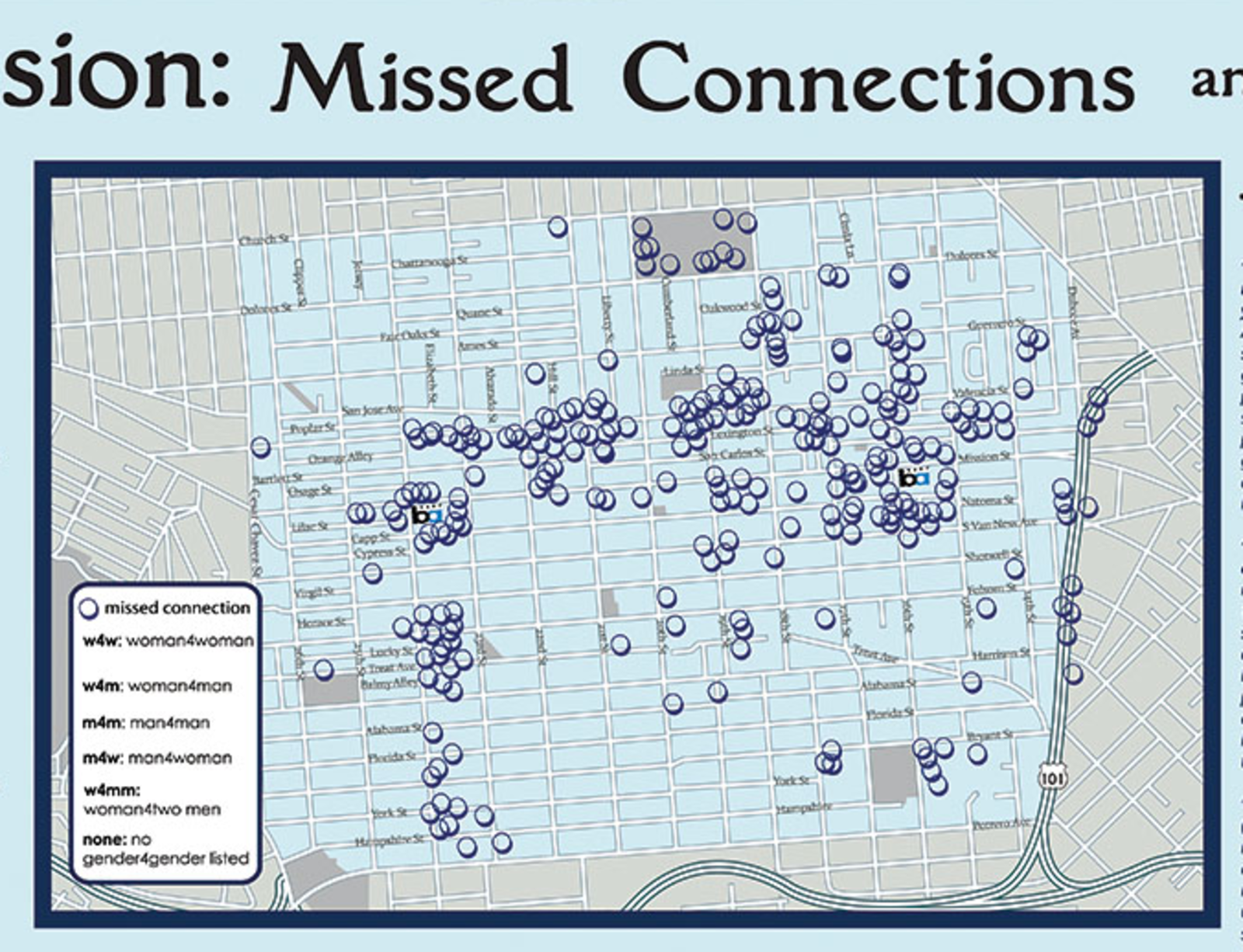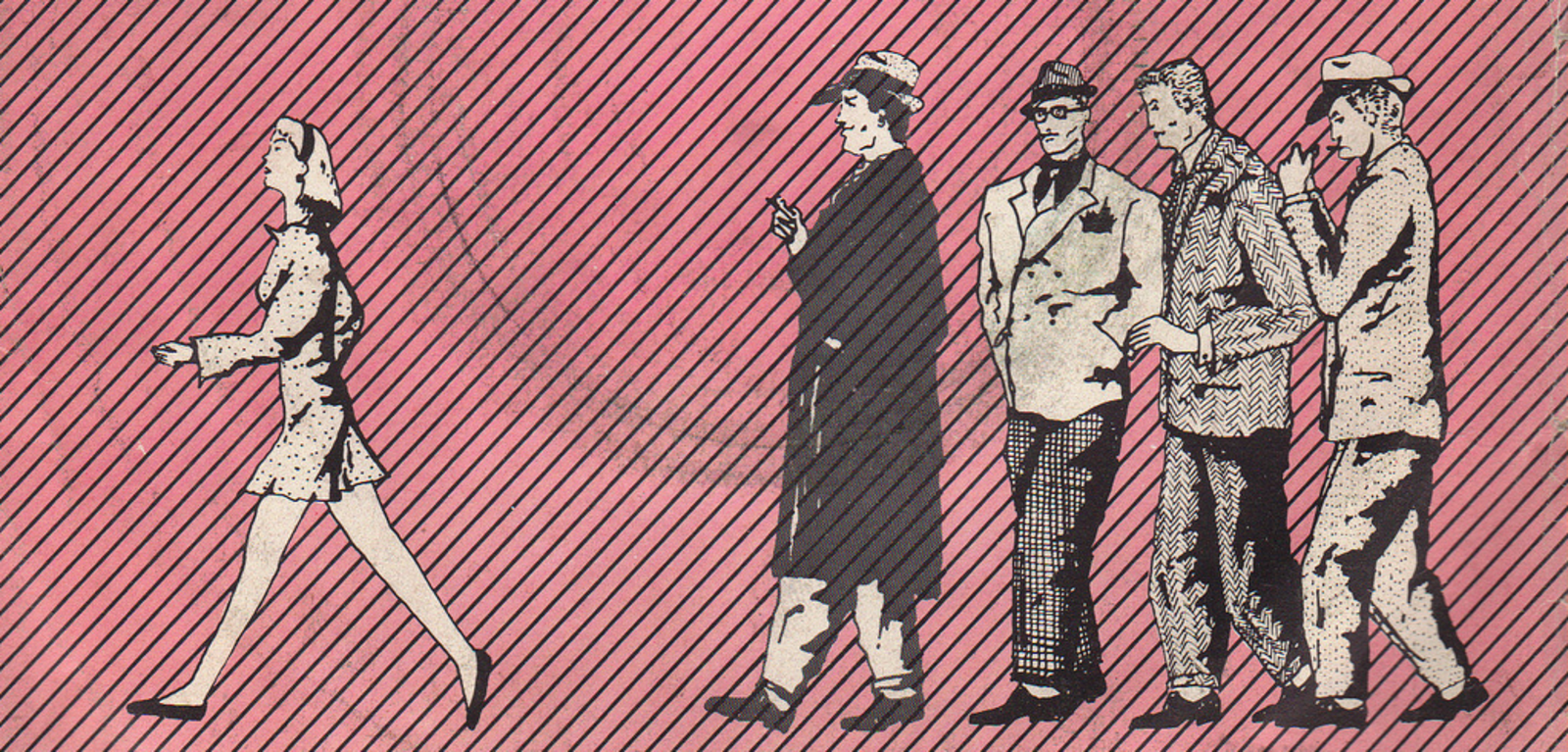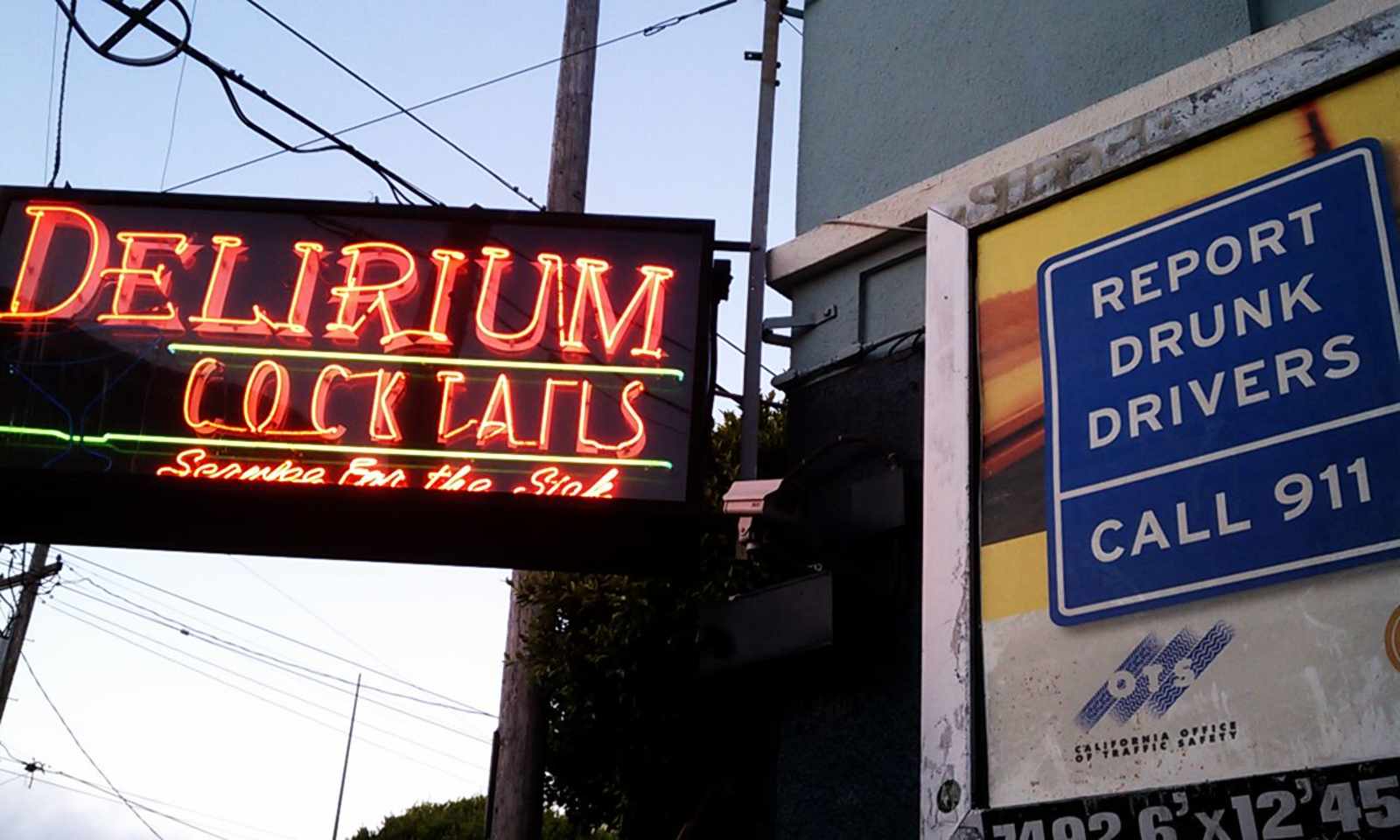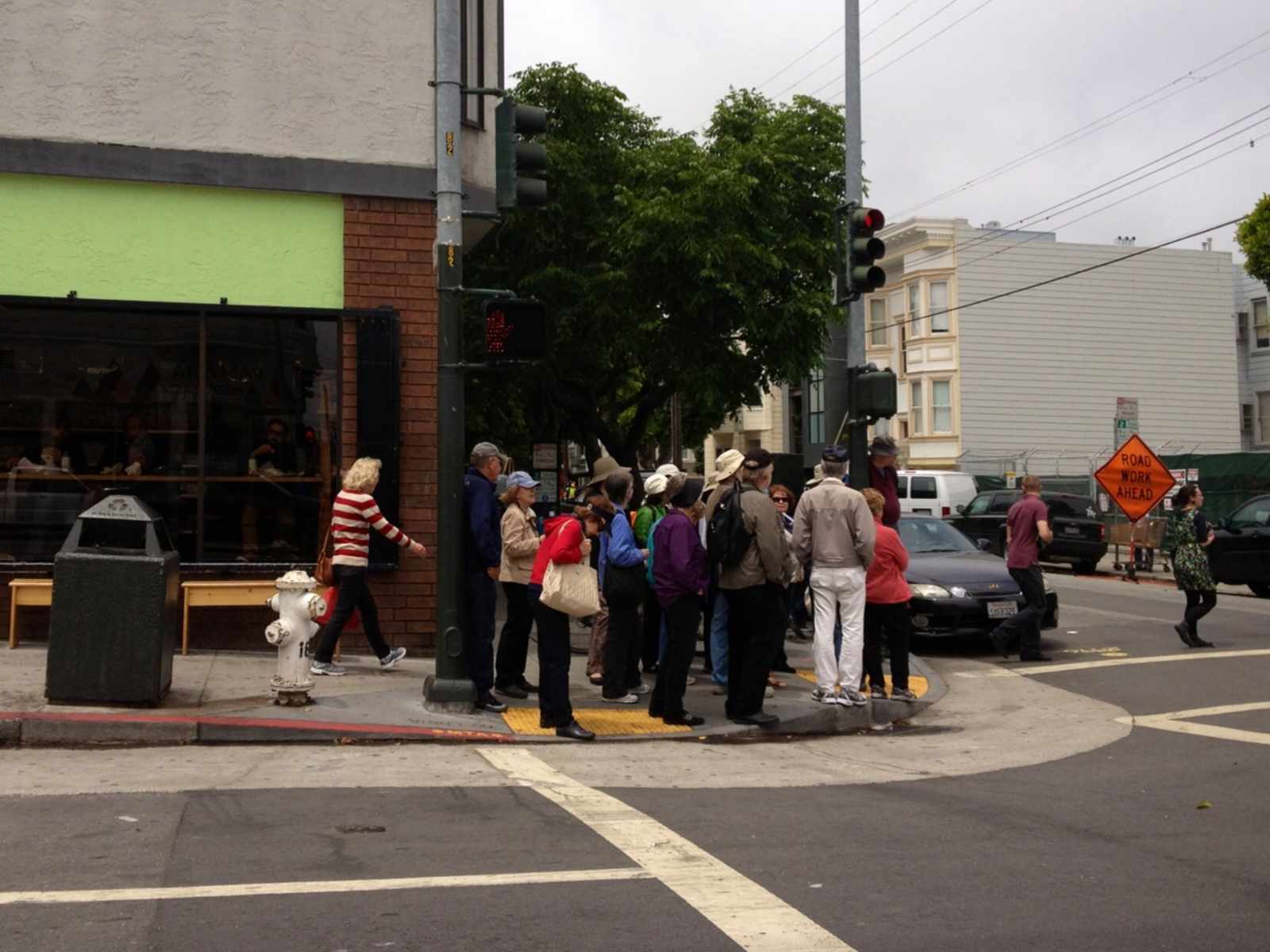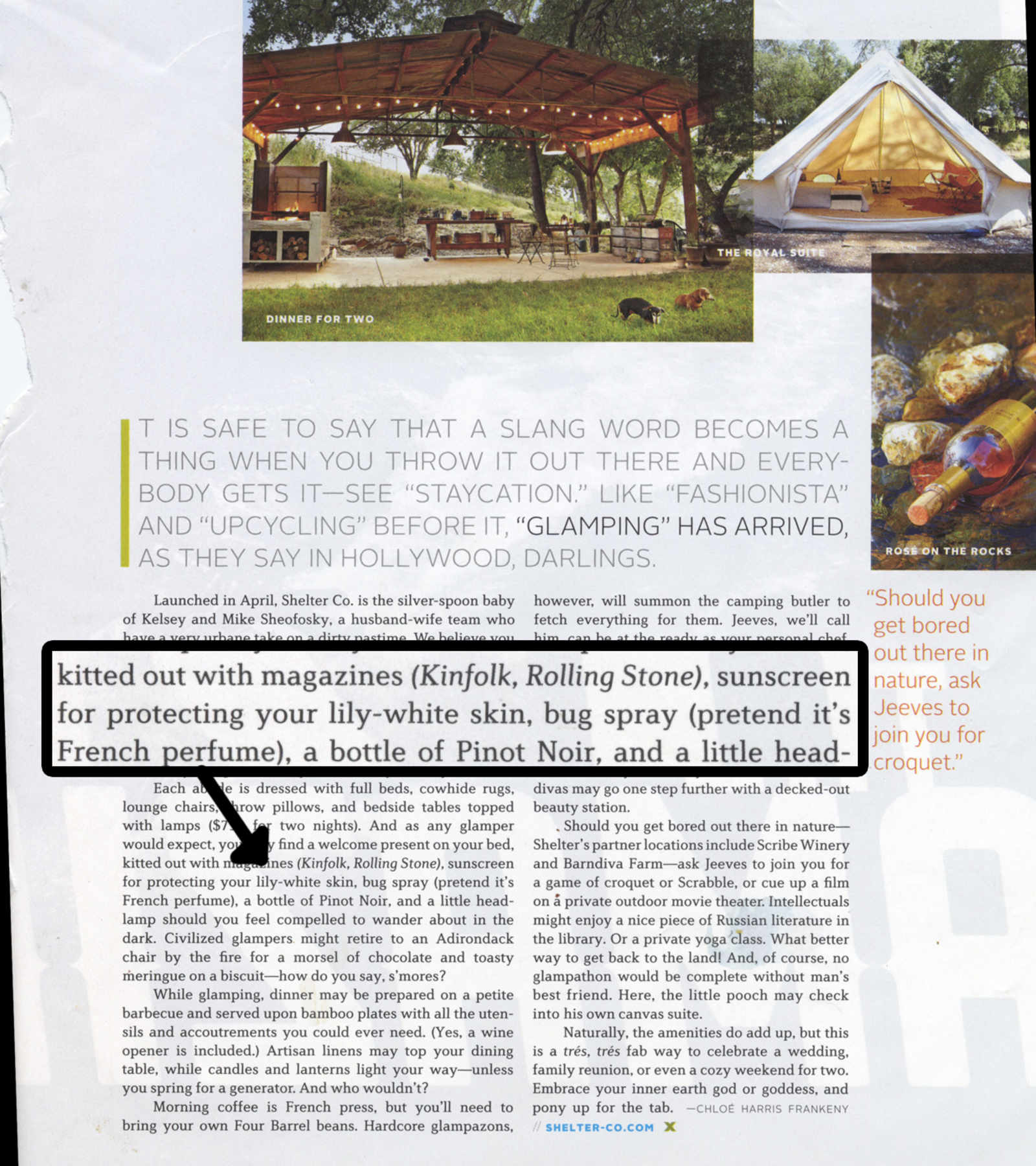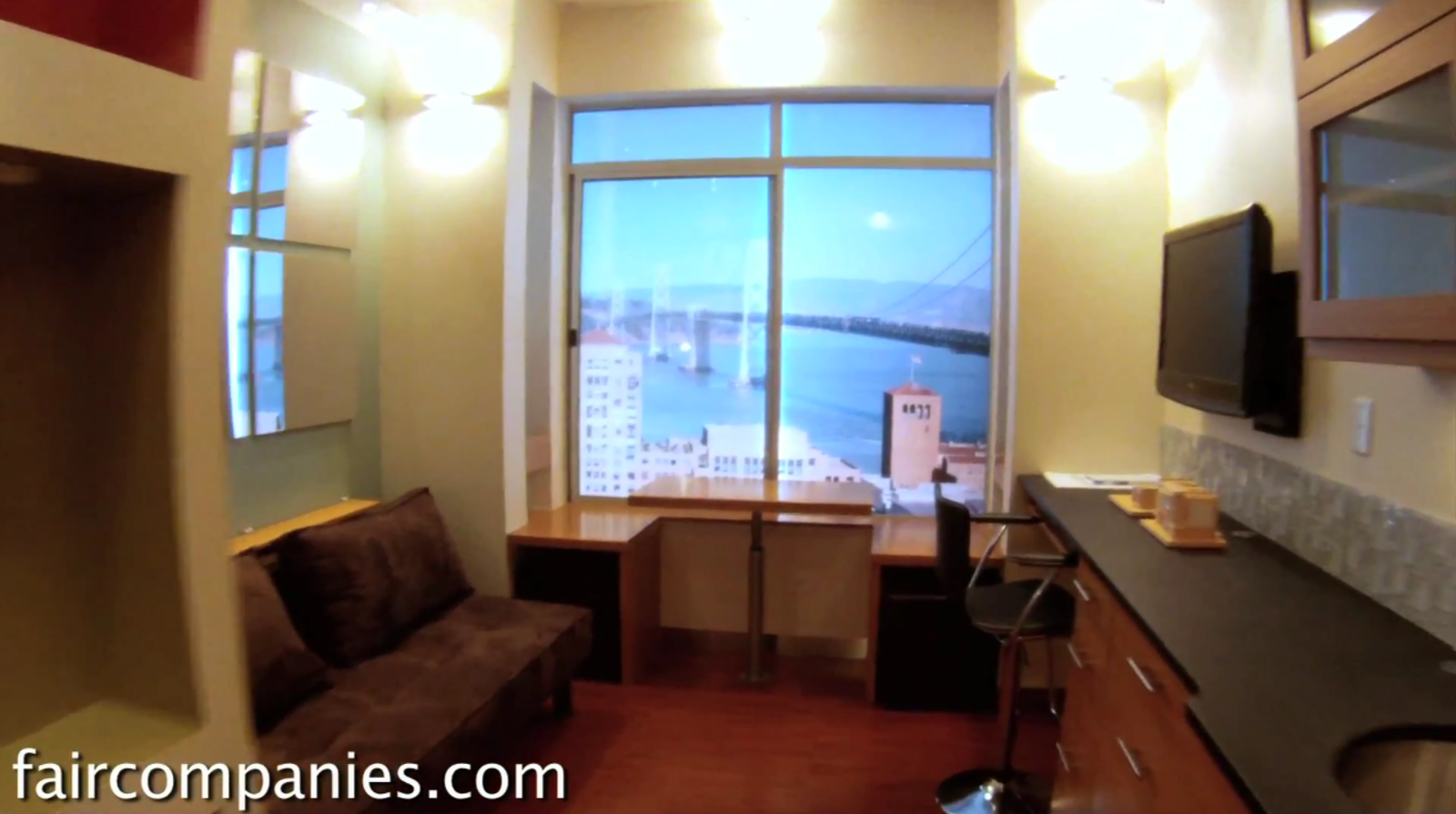
Following last week's story about Supervisor Scott Wiener's unfortunate plan to help erect “affordable by design” shoebox apartments in SoMa, the Chronicle spoke to the Berkeley-based developer spearheading the project. In the interview, he reiterated the claim that he expects young techies to flock to the 150 square foot apartments that'll cost a bargain price of $1,300 - $1,500 monthly:
Patrick Kennedy of Berkeley developer Panoramic Interests hopes to build the micro-units in SoMa on the site of a former guitar store at Ninth and Mission streets - “right in the thick of the new Twittersphere there.” He anticipates housing young tech workers, fresh out of college, newly relocated to the city, unencumbered by possessions.
… His planned 160-unit building, now in the entitlement process, will have lots of common areas: a huge lobby, a lounge on every floor and a rooftop deck. It will also have some larger apartments. It's designed for car-free living; the only parking will be for bikes, with a City CarShare spot outside.
The ultra-efficient efficiencies will go for $1,300 to $1,500 a month, he said. Per city regulations, 15 percent of the units will be allocated as below market rate for low-income residents; he thinks those would rent for around $900 a month.
The current average rent for a San Francisco studio apartment is $2,075 a month, according to real estate service RealFacts. Those studios average 493 square feet, making the per-square foot price $4.21. Kennedy's proposed units, at 220 square feet, would rent for $5.91 to $6.82 per foot - a big premium.
This, of course, supports the theory that developers are pushing smaller apartments as a way to maximize profits, rather than provide a legitimate housing option for scrappy young folks. And the folks at BeyondChron suspect this isn't even a “housing” play, at least in the traditional sense:
In fact, what concerns me the most about these “shoebox” apartments is that they won’t become the hip urban-style housing for young professionals that Patrick Kennedy is billing them as. Instead, they will be short-term corporate housing for professionals who just moved here – or pied a terre apartments for people who occasionally come in on business trips. Worst-case scenario, they will just be illegal hotel rooms rented on the black market. How does that bring down escalating rents?
… This past Saturday, I was in my building’s elevator at Symphony Towers – when a man asked me for directions to Haight-Ashbury. Knowing that he was a tourist, I asked if he was staying with one of my neighbors. “No,” he replied. “I rented an apartment here for five days.” In other words, my building is becoming a hotel. I have no problem with condos being rented out, but only to actual residents – not tourists. He was a nice guy, but I said I was very nonplussed at the situation.If this can happen in a building with 400 square-foot studios, imagine how much more abuse we will see in unregulated private buildings with “shoebox” apartments.
Well those AirBnB customers need somewhere to stay too. Where else are they supposed to go? Hotels? I don't know man, those places are small and expensive.



